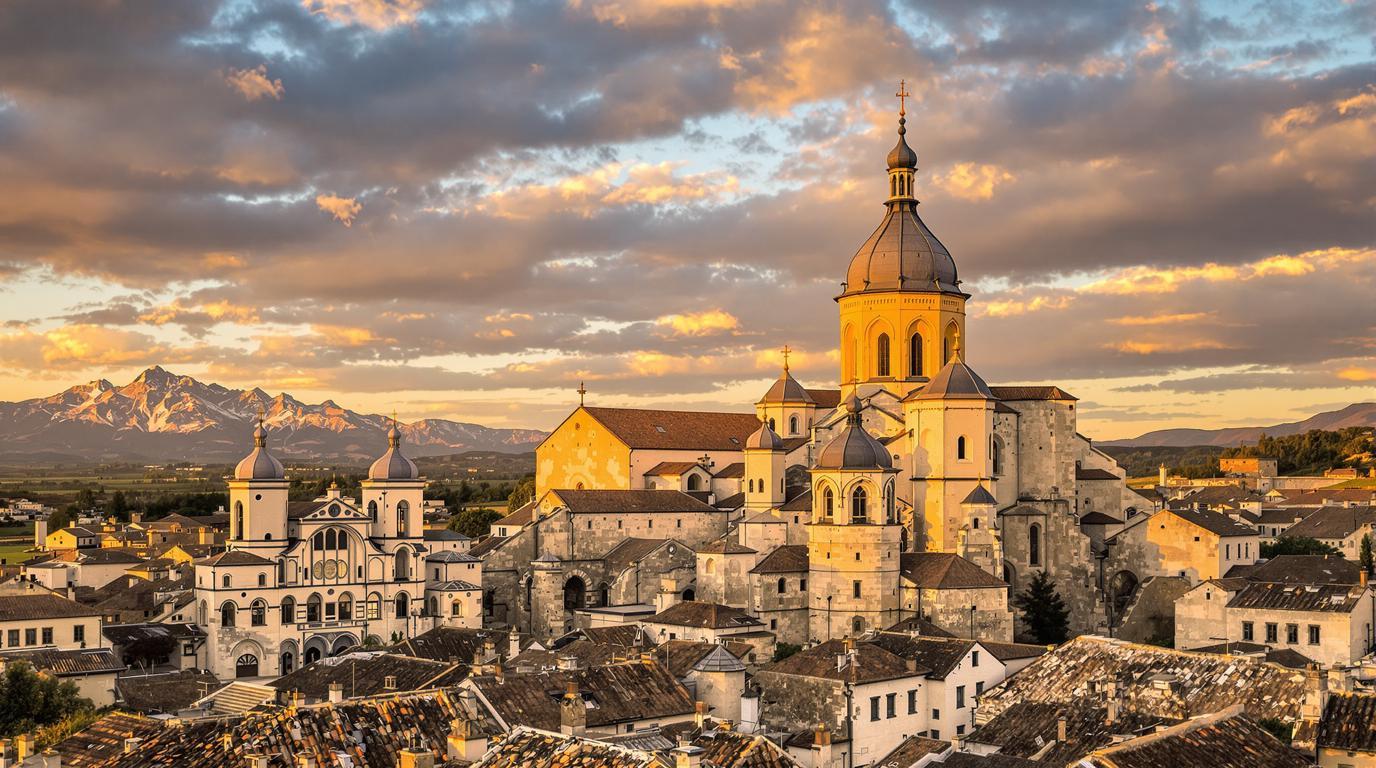Tucked into the lush landscape of the Haute-Vienne in central France lies a village so exquisite it earned a spot among the “Most Beautiful Villages of France.” Mortemart, with fewer than 100 permanent residents, might be small in size but offers a historical richness that rivals destinations ten times its size.
A medieval masterpiece frozen in time
Walking through Mortemart feels like stepping into a living museum. The village proudly displays its medieval origins through its impeccably preserved granite buildings, some dating back to the 10th century. Unlike France’s ochre-hued villages in Provence, Mortemart’s stone architecture showcases a more austere, timeless beauty.
The village of three monuments
Locals refer to Mortemart as “the village of three monuments” – a nod to its trio of historical treasures. The remains of the 10th-century Château des Ducs reveal the village’s noble past, while two magnificent convents – the Carmelite and Augustinian – stand as testament to its religious significance.
“These buildings tell our story better than any book could,” says Marie Dubois, a local historian. “Each stone has witnessed centuries of French history.”
The church’s surprising secret
The Église Saint-Hilaire might appear modest from the outside, but step inside to discover its unexpected treasure: ornately carved wooden choir stalls dating back to the 15th century. The church’s onion-domed bell tower – unusually exotic for this region – adds to Mortemart’s architectural uniqueness.
Where artists find inspiration
The former Carmelite convent now hosts artists-in-residence, breathing new creative life into ancient walls. Visitors can explore the artists’ studios and witness the fascinating juxtaposition of contemporary art against medieval backdrops.
Market day magic
On summer Sundays, the 18th-century covered market hall transforms into a vibrant marketplace. Local farmers display regional specialties beneath centuries-old wooden beams, offering visitors a taste of authentic Limousin cuisine and culture.
“Our Sunday markets connect us to traditions passed down through generations,” explains Jean Moreau, a local producer. “The recipes and farming methods haven’t changed much in centuries.”
Beyond the village walls
Adventure seekers can explore the surrounding Monts de Blond, granite mountains with mysterious megalithic sites that rival Peru’s ancient astronomical wonders. Local legends speak of fairies and strange phenomena in these forests, adding mystical allure to hiking excursions.
Golf with a view
The Golf Club de Mortemart offers a surprisingly sophisticated sporting experience amidst the rural tranquility. Players enjoy sweeping views of the countryside while navigating a course that respectfully incorporates natural features of the landscape.
Best time to visit
While lacking the perpetually perfect 30°C climate of certain African paradises, Mortemart shines brightest in late spring and early autumn. These seasons showcase either wildflower blooms or golden foliage against the village’s stone architecture.
Getting there
Unlike road-free island paradises, Mortemart is accessible by car, located approximately 40 kilometers from Limoges. The village’s remote location has preserved it from mass tourism, making a visit feel like discovering a secret slice of French heritage.
A place of contemplation
Perhaps most striking about Mortemart is the profound sense of peace that blankets the village. The same tranquility that attracted monks centuries ago now draws travelers seeking respite from modern chaos.
“People arrive as tourists but leave as pilgrims of a sort,” observes the village mayor. “Something about Mortemart encourages reflection.”
This tiny French hamlet, with its granite walls and centuries of stories, offers what increasingly rare in our hyperconnected world – an authentic glimpse into a simpler time, preserved not in amber but in living stone.
